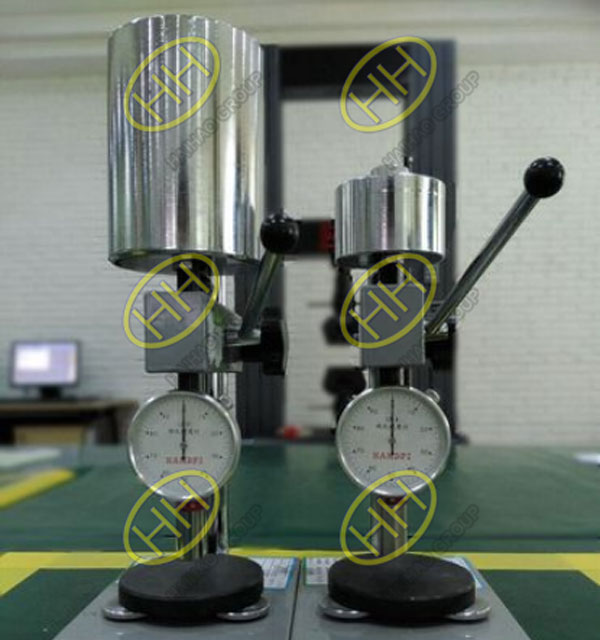Mechanical properties of metal materials and their testing methods
Metal materials exhibit several key mechanical properties, including strength and plasticity, hardness, impact toughness, and fatigue strength. These properties and their testing methods play a vital role in material selection and performance evaluation for mechanical components, ensuring their suitability for specific applications.

Tensile testing of pipe fittings
1.Strength and Strength Indicators
Strength refers to the ability of metal materials to resist plastic deformation or fracture under static loads. It is typically measured in terms of stress, which reflects the internal force per unit area opposing an external load. A commonly used strength indicator is the yield strength, which represents the stress at which a material undergoes plastic deformation without an increase in load.
Yield strength can be classified into upper yield strength (Reh) and lower yield strength (ReL). High yield strength indicates better resistance to plastic deformation, making it a crucial parameter in the design and material selection for components that must maintain dimensional stability under load.
2.Plasticity and Plasticity Indicators
Plasticity is the ability of a metal to undergo permanent deformation without breaking under a load. Common plasticity indicators include:
Elongation (A): The percentage change in length of a specimen after fracture relative to its original gauge length.
Reduction of Area (Z): The percentage reduction in the cross-sectional area of a specimen after fracture.
Among these, the reduction of area is considered a more accurate measure of plasticity, as it is less affected by specimen size. Higher elongation and reduction of area values indicate better plasticity, which benefits forming processes and improves safety by allowing materials to absorb greater impact forces before fracture.

Hardness Testing for Pipeline Materials
3.Hardness and Hardness Testing Methods
Hardness measures a material’s resistance to localized plastic deformation or surface damage. The most commonly used methods are:
Brinell Hardness Test (HB):
Principle: A hard alloy ball is pressed into the material’s surface under a specific load for a set time, and the diameter of the indentation is measured to calculate hardness. Larger indentations indicate lower hardness.
Features: Accurate but causes significant surface damage, making it unsuitable for thin or high-finish components.
Rockwell Hardness Test (HR):
Principle: Similar to the Brinell test but uses a diamond cone or steel ball as the indenter, and hardness is determined by indentation depth. Common scales include HRA, HRB, and HRC.
Features: Less damaging, suitable for thin or high-finish components, but less accurate than the Brinell method.
Vickers Hardness Test (HV):
Principle: A diamond pyramid-shaped indenter is used, and hardness is calculated from the diagonal length of the indentation.
Features: Suitable for thin materials, but measuring the diagonal is complex.
4.Impact Toughness and Fatigue Strength
Impact Toughness:
Impact toughness measures a material’s ability to resist fracture under sudden loading. It is often evaluated through bending tests, with higher values indicating better resistance to shock loads. Repeated impacts require materials with high strength and plasticity to maintain durability.
Fatigue Strength:
Fatigue strength represents a material’s ability to withstand cyclic loading without failure over time. Even when the applied stress is below the yield strength, long-term cyclic loading can cause fatigue failure, which is a primary cause of component failure. Factors affecting fatigue strength include working conditions, material composition, internal structure, and applied stress. Enhancing component design and surface treatments can improve fatigue strength.
Understanding the mechanical properties of metals and their corresponding testing methods is essential for optimizing material selection and ensuring component performance and reliability. Properties like yield strength, plasticity, hardness, impact toughness, and fatigue strength provide valuable insights into a material’s suitability for various mechanical and industrial applications. By adopting precise testing and material optimization strategies, industries can achieve higher standards in safety, performance, and durability.

